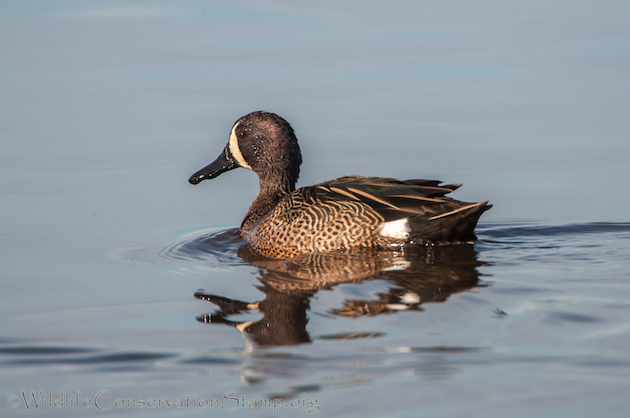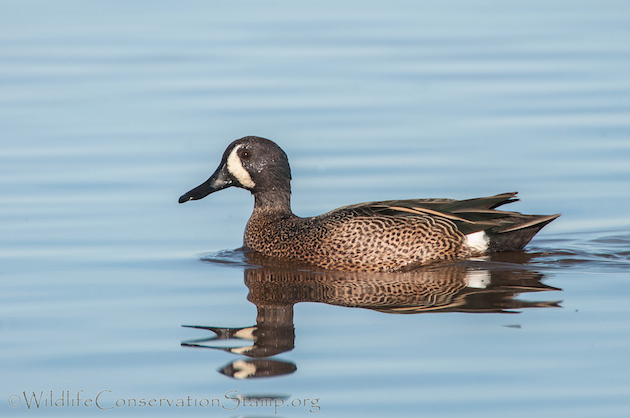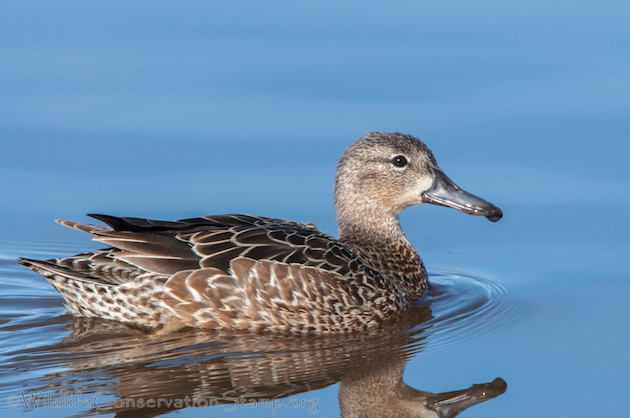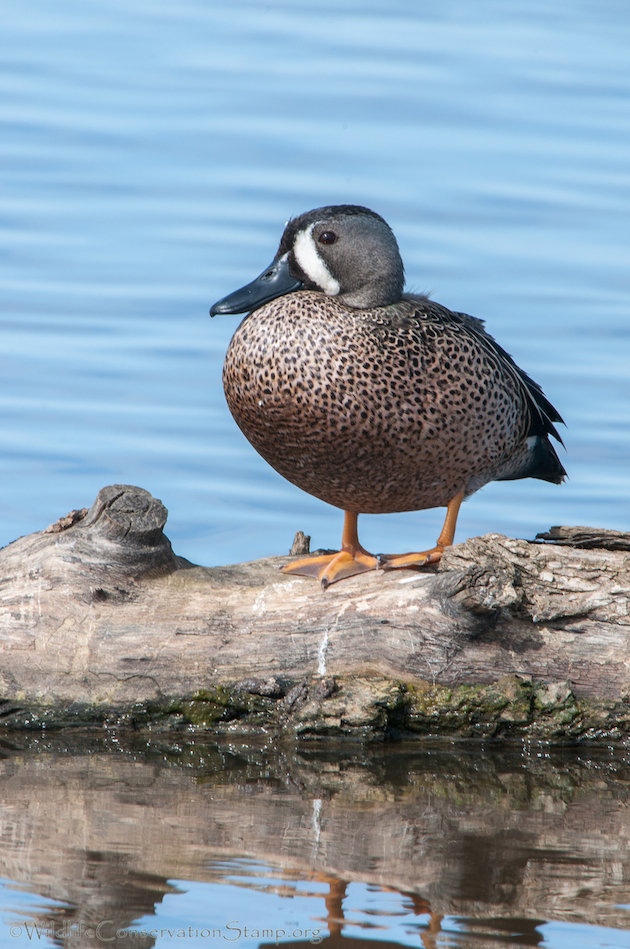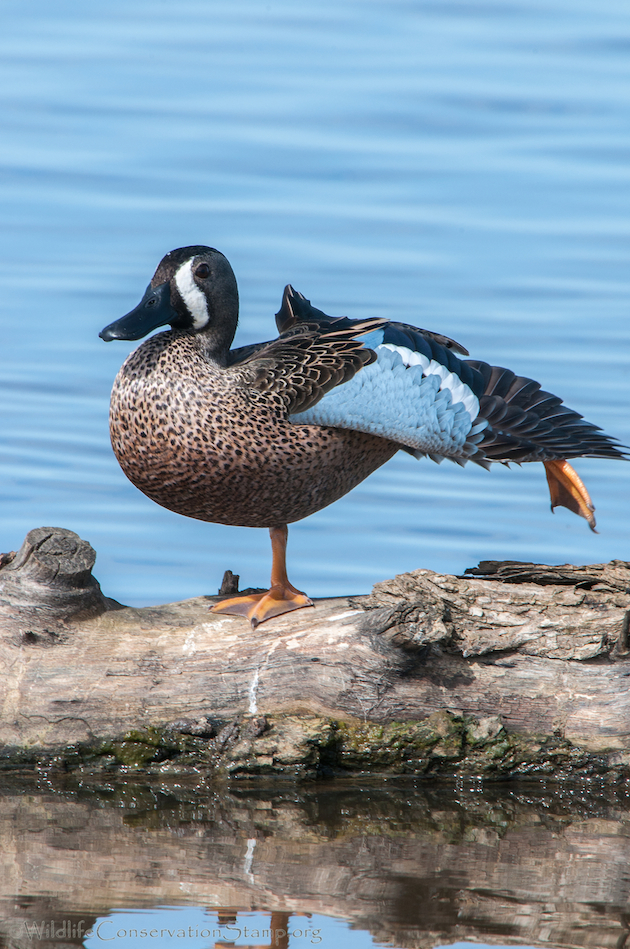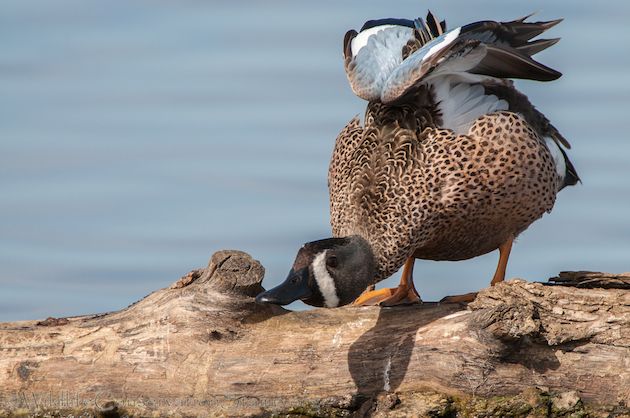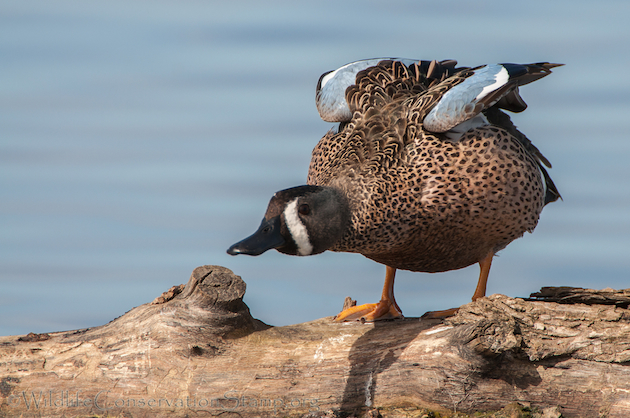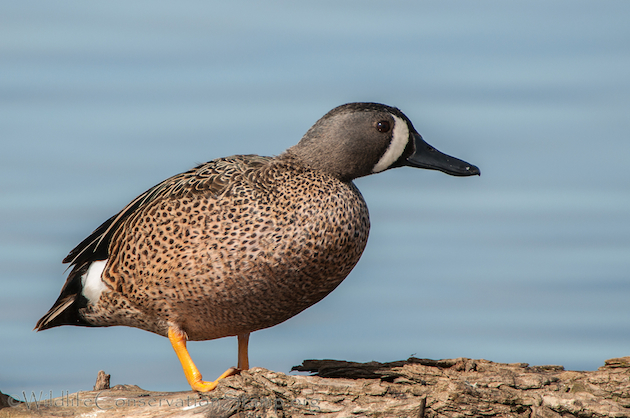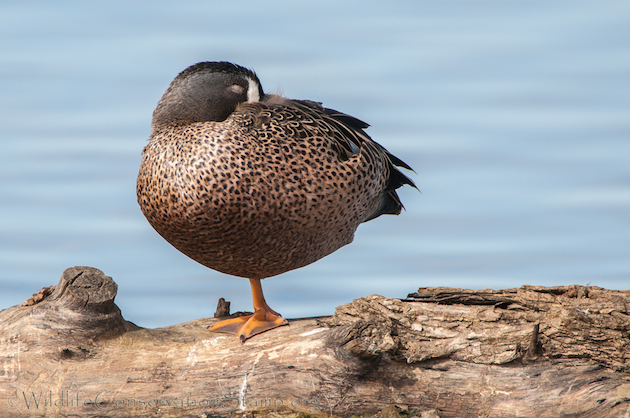You’ve heard plenty about wildfires, but you haven’t heard it from Stacy Stanish, CalFire’s statewide biologist focusing on forest practices. What is the interplay of fires, public health, climate change, timber production, and wildlife habitat? We’ve asked Stacy to give us her insight into these inter-related and important pieces of life in the North State. Come take this opportunity to build our own insight!
Tag Archives | wildlife
Osprey Nesting Platform Install
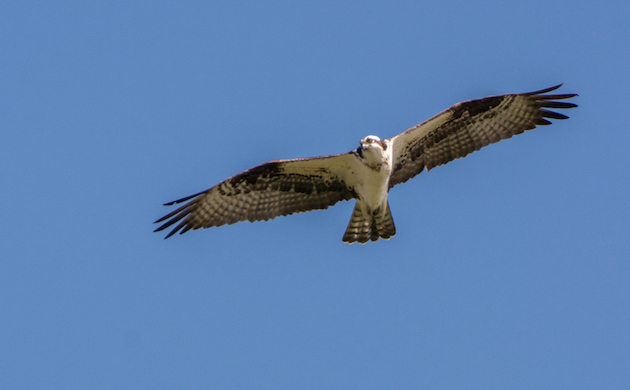
The Osprey (Pandion haliaetus) at Anderson River Park in Shasta County have been nesting atop a soccer field light stand for over 17 years. The problem is that they build the nest right on top of the field lights. This becomes an issue when, every four or five years the light bulbs need to be replaced and the nest can be destroyed in the process.
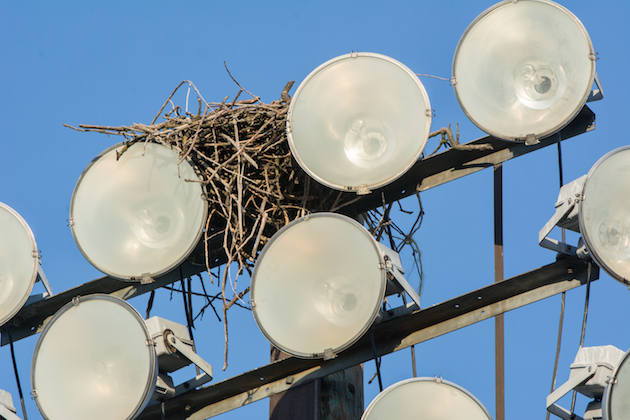
One of my wildlife rehabber friends had received a legacy gift and contacted me regarding the prospect of building a nesting platform to place at the top of the utility pole. This would allow the Osprey to safely nest above the bank of lights, thereby keeping their nest intact year after year, with no interference from the maintenance crew.
I, of course said, “what a great idea!” I found an excellent plan for the platform (shown below) from the International Osprey Foundation and built it in less than a day. It is a 40 x 40 inch box which I modified using all 2 x 6 inch pressure treated lumber.
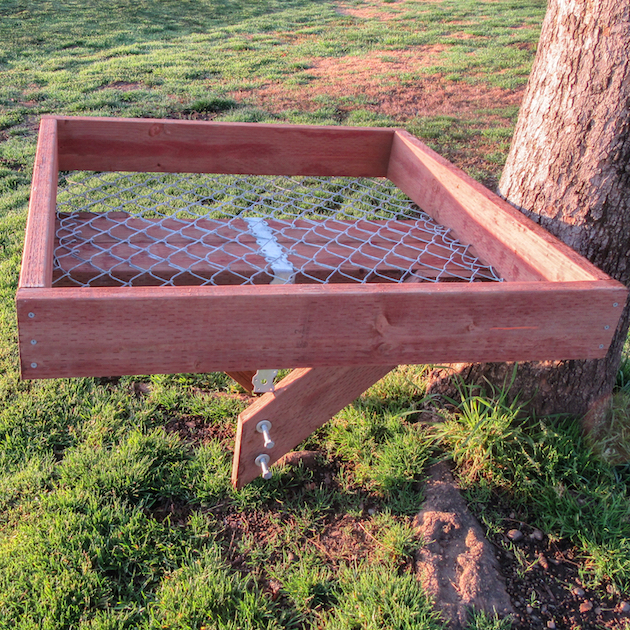
Before building the platform I contacted the Anderson City Public Works department to discuss the possibility of actually putting up the platform and got the OK. We obviously wanted to get it up before the Osprey arrived and were able to install it on January 31st.
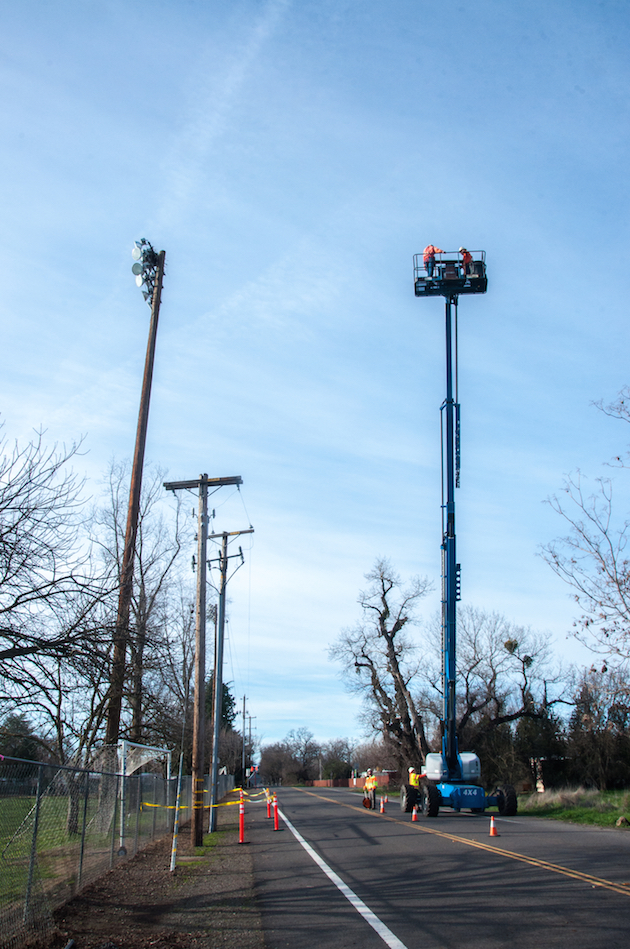
This is an 86 foot utility pole so a lift was rented and the excellent workers from the City of Anderson Public Works department generously gave their time and expertise to the project.
Having never seen an Osprey nest close up, I asked one of the installers to take some photos of the nest before removing it and placing the nesting material in a bin to be put back into the new platform.
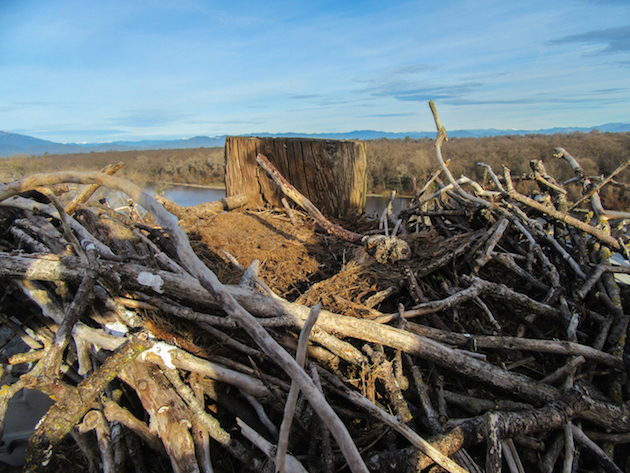
The shape of the Osprey nest changes during the breeding cycle. During incubation the nest is distinctly bowl-shaped. After hatching the nest flattens out, but a rim of sticks is maintained, sometimes by the young themselves, while the young are beginning to move clumsily about the nest. In the last weeks of the nestling phase, the nest often becomes completely flat1. Note the large sticks and bark.
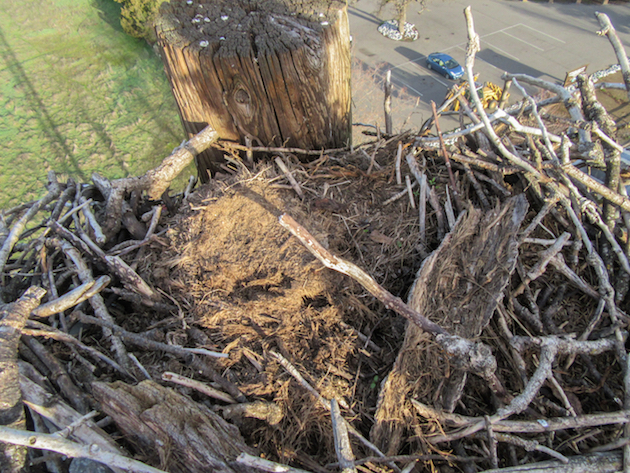
Here’s a shot of one of the installers placing the nesting material back into the newly installed nesting platform.
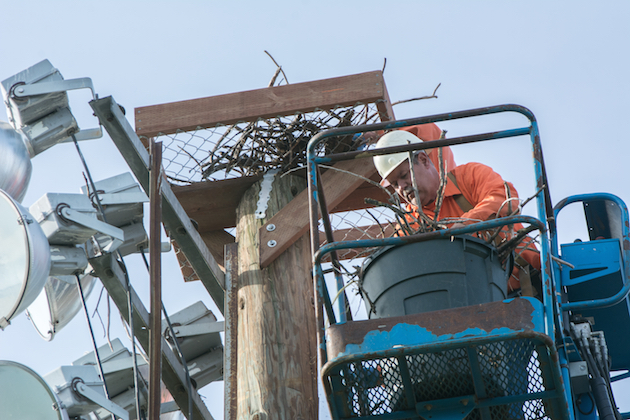
About four weeks after the install I went back to the park to see if Osprey had shown up. I found one bird perched inside the platform!
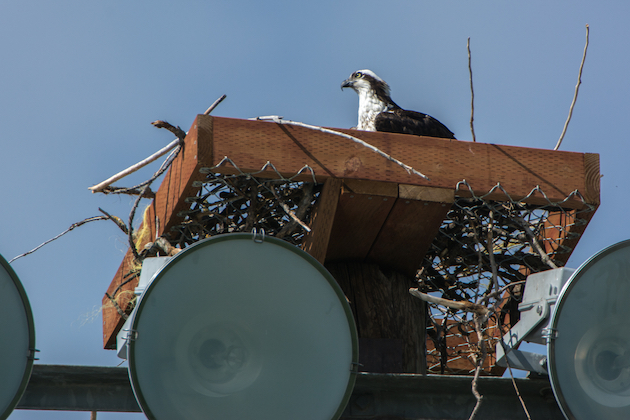
However, there were also a pair of very vocal Red-Shouldered Hawks (Buteo lineatusin) in a nearby tree.
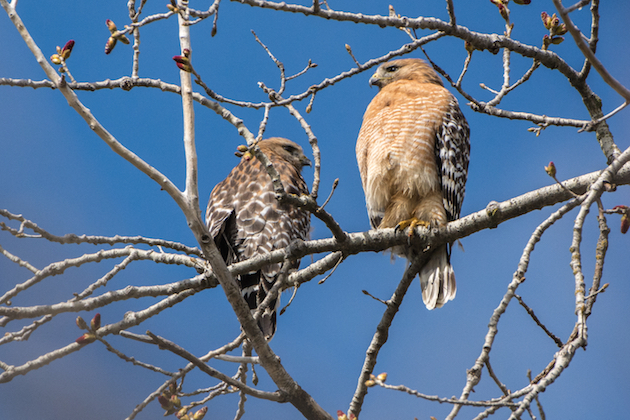
Apparently they were interested, for whatever reason, in the nesting platform as well.
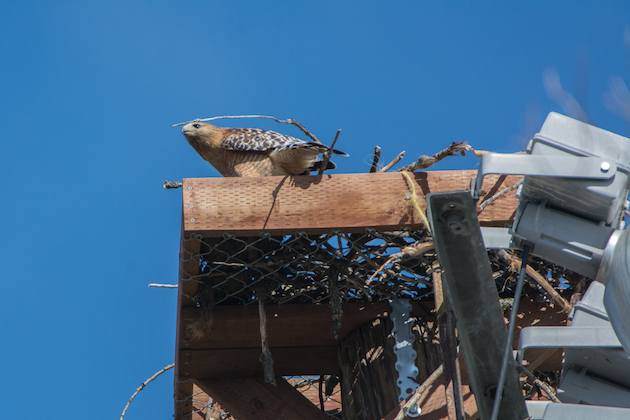
A week later when I returned, the platform was now occupied by a pair of Osprey!
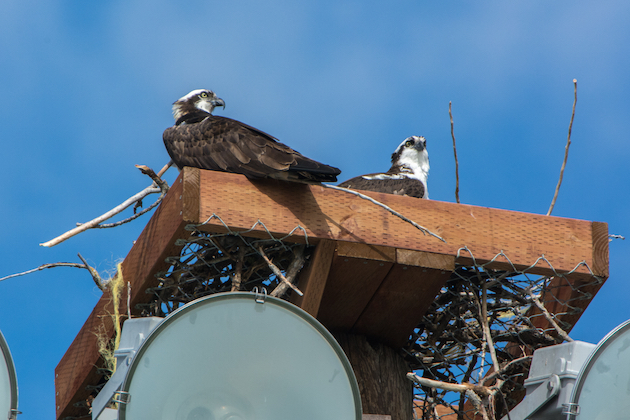
I observed them for over an hour but never saw them bring in nesting material, although there is obviously new sticks in the nest. The Red-shouldered Hawks were still hanging around but this day, the Osprey pair were involved in mating and the hawks were vigorously chased away by the male Osprey.
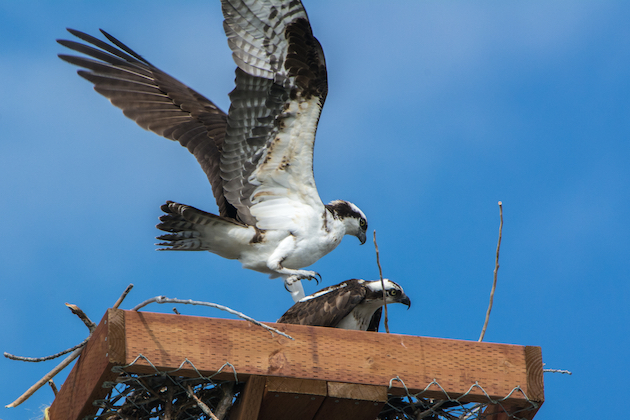
Osprey pairs copulate frequently, on average 160 times per clutch, but only 39% of these result in cloacal contact. Pairs average 59 successful copulations per clutch, starting 14 days before, and peaking a few days before, the start of egg-laying1.
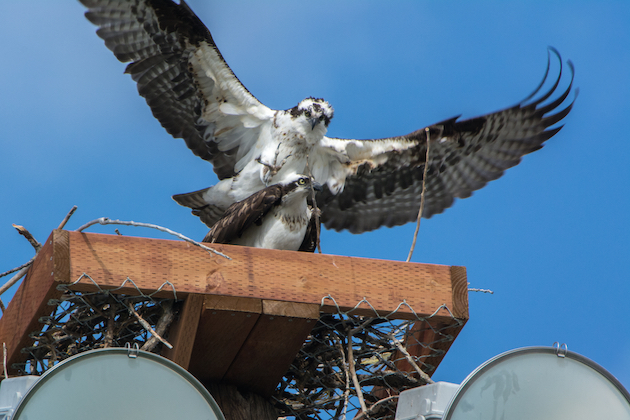
Pairs copulate most often in early morning, at the same time as egg-laying1.
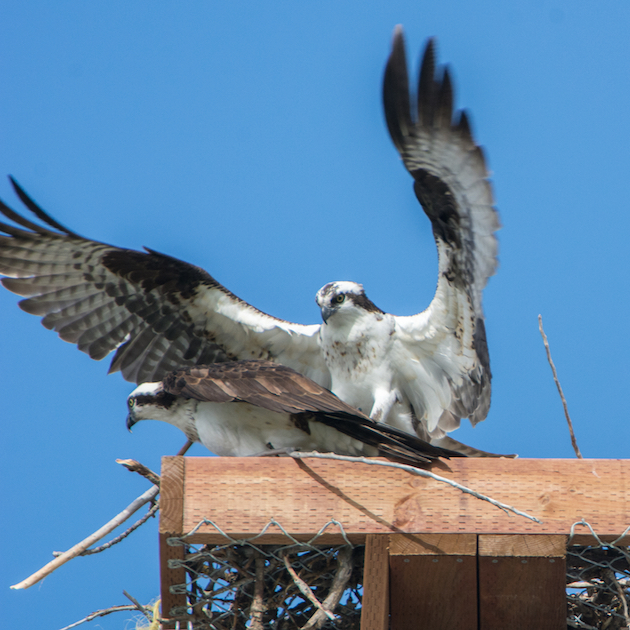
As I returned a couple of weeks later, the first thing I noticed is that there has been much more nesting material placed into the platform and the male was bringing in more and arranging the sticks.
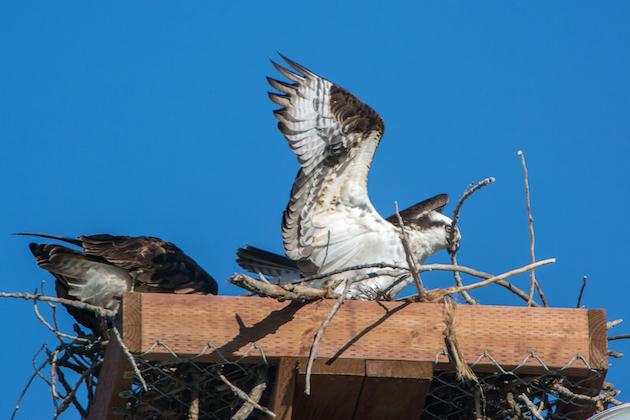
After trimming and arranging these large, long sticks, the male Osprey took off and the female did some rearranging.
The male soon returned to a nearby utility pole on the opposite side of the soccer field with a rather large, what looks like a trout.
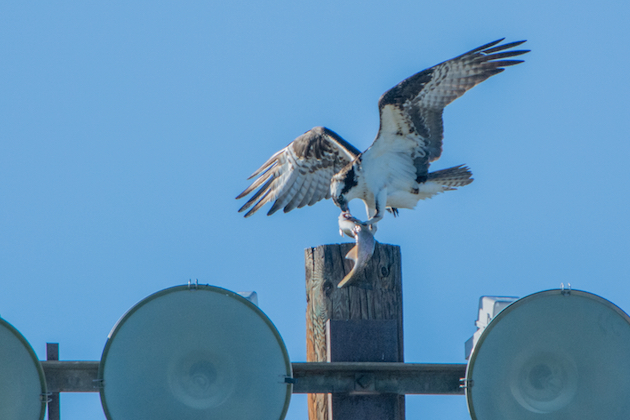
He ate about half of the fish, starting at the head, before carrying the remaining portion back to the platform to share with his mate.
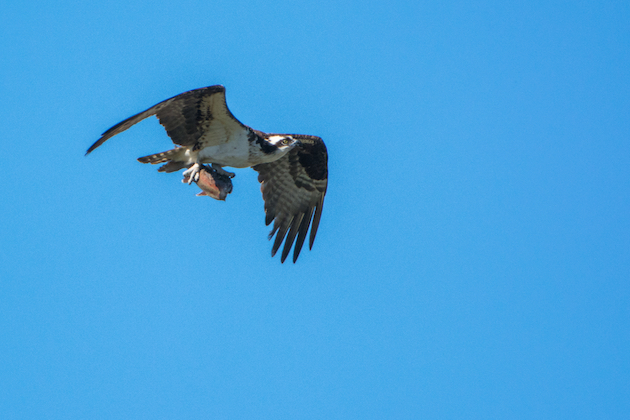
References: 1Birds of North America Online
Several Blue-winged Teal Were Seen at Gray Lodge Wildlife Area
The Blue-winged Teal (Anas discors) is not that common in California except along the coast, so we were pretty excited to discover several pair at Gray Lodge Wildlife Area on Saturday. Click on photos for full sized images.
Of course the drakes get all of the glory in the duck world but I think the females are just as beautiful in their own way with their heavily patterned feathers. This is the female Blue-winged Teal. Note the blue on the top of the beak.
Blue-winged Teal breed over a large portion of North America but occur irregularly or at low densities in many portions of their range. The highest breeding densities occur in mixed-grass prairie and parklands of north-central U.S. and the prairie provinces of Canada, where the species is often the most abundant breeding duck1.
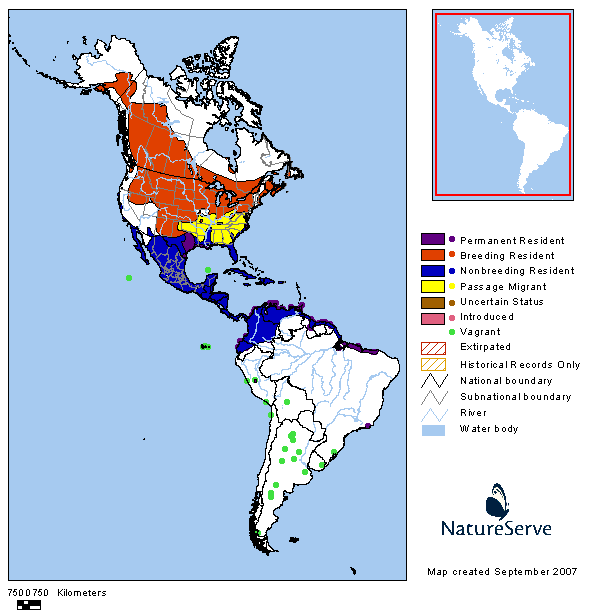
It was a gorgeous day at Gray Lodge Wildlife Area, even though it was pretty windy and fairly cold, the sun was out.
And just so you know…
these photos were all taken at Sacramento National Wildlife Refuge…
from one of the photo blinds there…
not at Gray Lodge Wildlife Area.
Once every feather is clean and in place, it’s time to relax and enjoy a little shut eye.
I was able to shoot some video of the Blue-winged Teal pair preening and foraging at Sacramento National Wildlife Refuge. A couple of Green-winged Teal drakes shared in the activity. You will also hear several Marsh Wrens in the background. They were seen and heard all over the refuge wherever bulrush was found.
This short video shows the head shaking behavior Blue-winged Teal exhibit just before they take flight when they feel uneasy or threatened. It also includes Black-necked Stilts, Green-winged Teal, and American Coots. You can also hear Red-winged Blackbirds, Western Meadowlark and more Marsh Wrens singing.
References:1Birds of North America Online
Birding and Wildlife of Africa
Harvey and Jeannette Carroll have made four different trips to Africa and have enjoyed seeing a great number and variety of African birds. Learn about the wildlife and the amazing African people as well. The Carrolls will present the program and photos prepared by Mike and Nichole Carion and will relate some of their own adventures on that incredible continent.
Wintu Audubon Outing to Grey Lodge Wildlife Area
Its diversity and location along the Pacific Flyway make Grey Lodge Wildlife Area a haven for wildlife. The approximately 9,100-acre area contains reflective ponds, grassy fields and wooded riparian areas that provide food, water and shelter for more than 300 species of resident and migrant birds and mammals. Dan Greaney 276-9693, leads this all-day trip. Meet at the Kutras Parking lot at 7:30 to carpool and bring a lunch.

